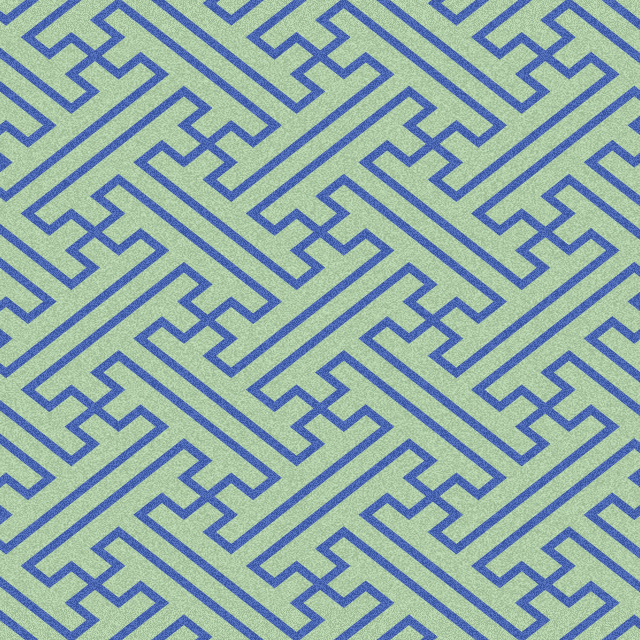|
||
 |
||

(C)2001 Japanese Architecture and Art Net Users System. No reproduction or republication without written permission.
掲載のテキスト・写真・イラストなど、全てのコンテンツの無断複製・転載を禁じます。
|
||||||
| sayagata 紗綾形 | ||||||
| KEY WORD : architecture / decorations | ||||||
| A design pattern of interlocking swastikas, manji 万字 (卍). Most sources agree that the term (a contraction of sa-ayagata, meaning gossamer figured-cloth pattern) originated from the type of cloth on which it was most often found. It occurs first perhaps in ancient Indian architecture, but did not enter Japan until the Tenshou 天正 era (1573-92) when Chinese fabrics bearing the pattern were first imported in large quality. In the Edo period, it was commonly used on figured satin and combined with designs that featured chrysanthemums, plum blossoms, bamboo, or orchids. It also appeared on the borders of rugs, blankets and tablecloths. | ||||||
 |
||||||
| REFERENCES: | ||||||
| *manjimon 万字文 | ||||||
| EXTERNAL LINKS: | ||||||
| NOTES: | ||||||
(C)2001 Japanese Architecture and Art Net Users System. No reproduction or republication without written permission. 掲載のテキスト・写真・イラストなど、全てのコンテンツの無断複製・転載を禁じます。 |
||||||